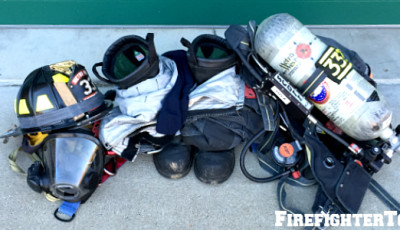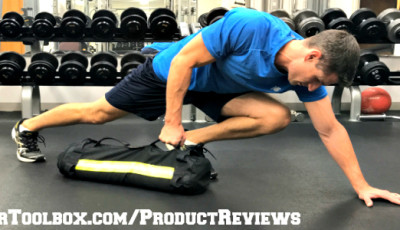The Truth About Stretching For Firefighters – Part 4 of 4
In the first article in this series, I cleared up some myths about stretching including when firefighters should not stretch and when they should. Next, I explained which stretches firefighters should NOT do, and lastly some great stretches for firefighters to do to avoid injury.
Having done thousands of fitness tests on firefighters, I’ve observed that firefighters tend to be very tight in the hamstrings, hips and shoulders. Firefighters also have an extremely high injury rate (12 times higher than the average worker in the US), and I believe a very poor range of motion in said areas is partly to blame.
Firefighters Need to Stretch Their Hips And Shoulders
The previous article in this series explained the best way to stretch the hamstrings. In this article, I’m going to show the best way to stretch the hips and shoulders.
To stretch the hip joints do a Figure 4 stretch. If your hips are very inflexible you can start by placing a foot on the opposite knee without pulling in. The most common mistake people make when doing this stretch is NOT relaxing. Keep your head and shoulders on the ground and just breathe as you pull your leg toward your chest.
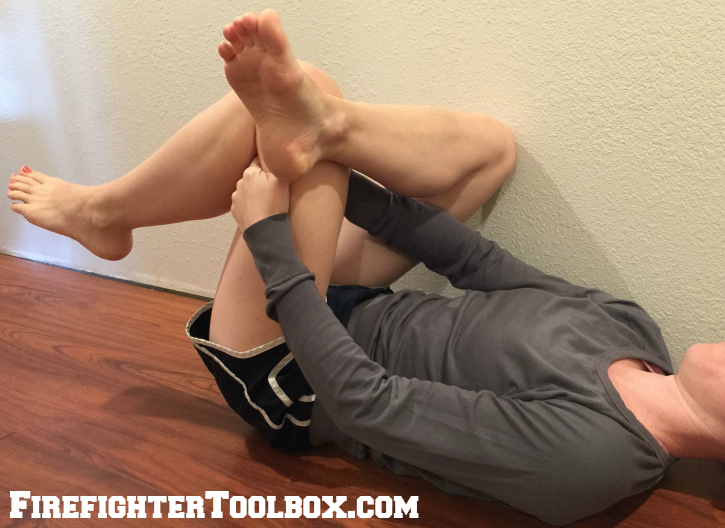
The two best ways to stretch your shoulders are shown below. The Downward Dog also stretches the hamstrings so it’s a two-for-one. A door stretch is excellent because (by using both sides of the door) you can improve flexibility in external rotation of the shoulder and in your pectoral muscles at the same time.
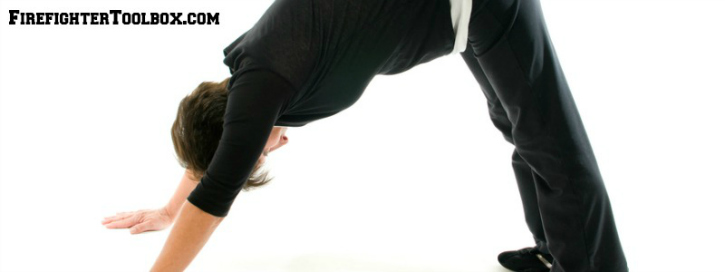
Downward dog stretch
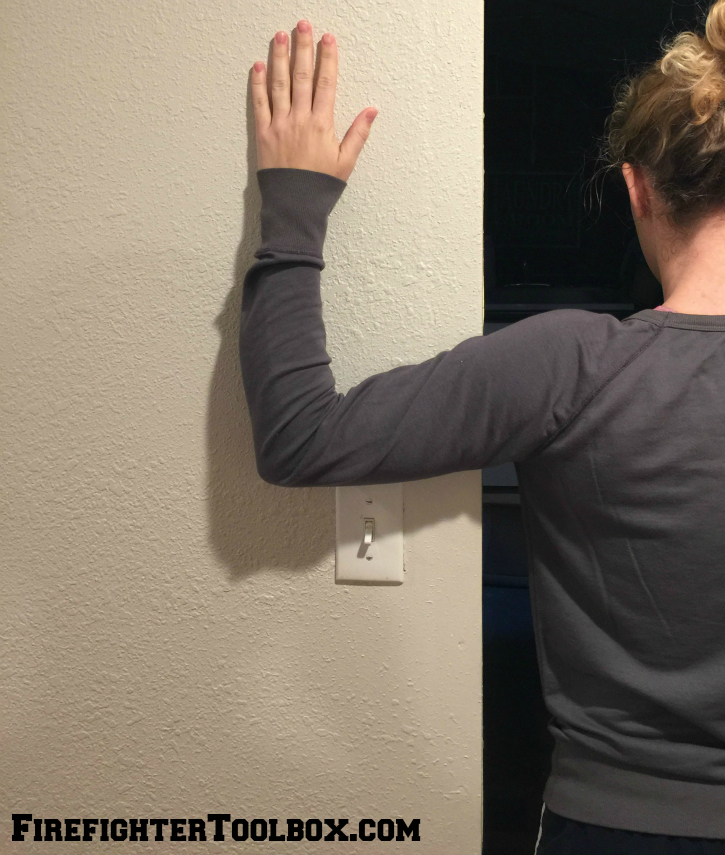
Shoulder stretch
Remember to hold each stretch for at least 30 seconds, for a minimum of 2 reps.
Click the links below to read the previous articles in this series:
The Truth About Stretching for Firefighters – Part 1 of 4
The Truth About Stretching For Firefighters – Part 2 of 4
The Truth About Stretching For Firefighters – Part 3 of 4
Photo Courtesy Karlie Moore


